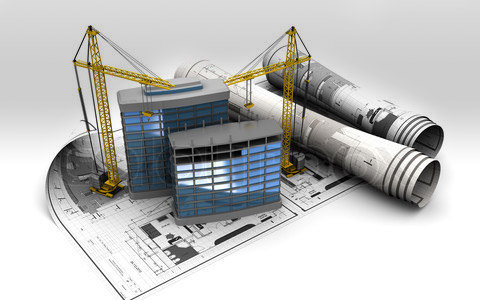Architecture is not merely about creating structures; it is a profession with profound ethical responsibilities. Architects hold the power to shape the physical and social landscapes, impacting people’s lives for generations to come. With this influence comes a critical obligation to prioritize ethical considerations in their designs. From sustainability and community well-being to cultural preservation and social equity, let’s explore the ethical responsibilities of architects in Dubai in designing for a better tomorrow.
1. Embracing Sustainable Practices:
Perhaps the most pressing ethical responsibility of architects is to champion sustainability in their designs. As the world grapples with environmental challenges, architects must prioritize eco-friendly and resource-efficient approaches. By incorporating green building materials, renewable energy sources, and energy-efficient designs, architects contribute to mitigating the impact of construction on the environment and creating a more sustainable future.
2. Fostering Social Equity:
Architects have a profound influence on the way communities interact with their built environment. They must advocate for social equity and inclusivity in their designs. By creating accessible spaces that cater to individuals of all abilities and backgrounds, architects help bridge the gaps between diverse communities and foster a sense of belonging for all.
3. Preserving Cultural Heritage:
In a rapidly changing world, the preservation of cultural heritage is paramount. Architects must respect the historical significance of sites and structures and design with sensitivity to the surrounding cultural context. By incorporating elements of cultural heritage into contemporary designs, architects celebrate local identities and contribute to the preservation of cultural memory.
4. Prioritizing Safety and Well-Being:
The safety and well-being of occupants should always be at the forefront of an architect’s mind. Architects must adhere to building codes and safety standards, ensuring that their designs are resilient and secure against potential hazards. Designing spaces that promote occupant health and well-being, such as ample natural light and ventilation, further enhances their ethical commitment to the users of their structures.
5. Encouraging Adaptive and Resilient Designs:
In a world facing frequent environmental challenges, architects must design structures that are adaptive and resilient. Incorporating flexible designs that can withstand changing climates, natural disasters, and societal shifts ensures that buildings can endure for generations, reducing the need for constant reconstruction and minimizing environmental impact.
6. Collaborating with Local Communities:
To truly understand the needs and aspirations of the communities they serve, architects must collaborate closely with local residents and stakeholders. By involving the community in the design process, architects can gain valuable insights and create spaces that reflect the values and aspirations of the people they serve.
